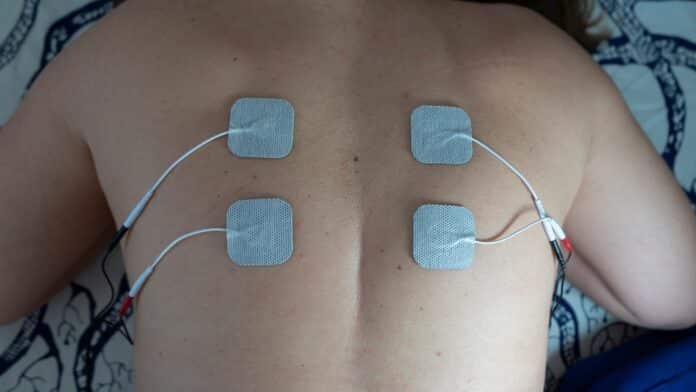
A recently conducted study shows that stimulating the spinal cord may help stroke survivors restore significant functionality to their spinal cords. This stimulation will help survivors carry out simple tasks they ordinarily can’t do after the stroke.
The researchers published the results in Nature Medicine. During the study, scientists implanted thin metal electrodes along the neck of the patients to facilitate stimulating activity in the spinal cord. These patients suffered from hemiparesis –a common post-stroke condition that causes one side of the body to weaken and, according to the American Stroke Association, limits movement on such parts of the body.
Marco Capogross, Ph.D., the director of the spinal cord stimulation laboratory at the University of Pittsburgh, noted the discovery of the electrical stimulation of some regions located in the spinal cord, which helped certain body functions. He also noted that the study further revealed how these patients could use such body parts, even weeks after the stimulation.
The Need for More Research Into This Discovery
Despite this discovery, scientists have several concerns. For one, the participants in question had stroke for many years before they were treated with electrical stimulation. However, it remains unclear if such treatment will be helpful if employed immediately after the patient has had the stroke.
Further, more trials with more participants must be undertaken to verify if such a treatment may be verifiable on a much larger scale. Additionally, skeptics have suggested even if such a treatment was effective, and it might take up to a decade before the Federal Drug Administration (FDA) may approve such treatment for stroke patients.
The treatment involves the use of electrodes that are placed on the spinal cord’s surface. These electrodes then release electrical pulses that activate the nerve cells located in the spinal cord. This technology has been used to cater to various conditions, including diabetes and never damage, and is medically known as “neuromodulation.”
Current Uses of Spinal Stimulation: Paralysis After Injury
Conclusively, one of the current uses of spinal stimulation is to treat patients who have been paralyzed after getting injured. A 2022 study published in the Brain noted that electrical stimulation significantly helped restore arm movement in patients suffering from a spinal cord injury.
There are also other types of treatment for spinal cord injuries. These include physical therapy, the electrical stimulation of the muscles, and assertive mobility devices like wheelchairs, braces, and even canes.



















